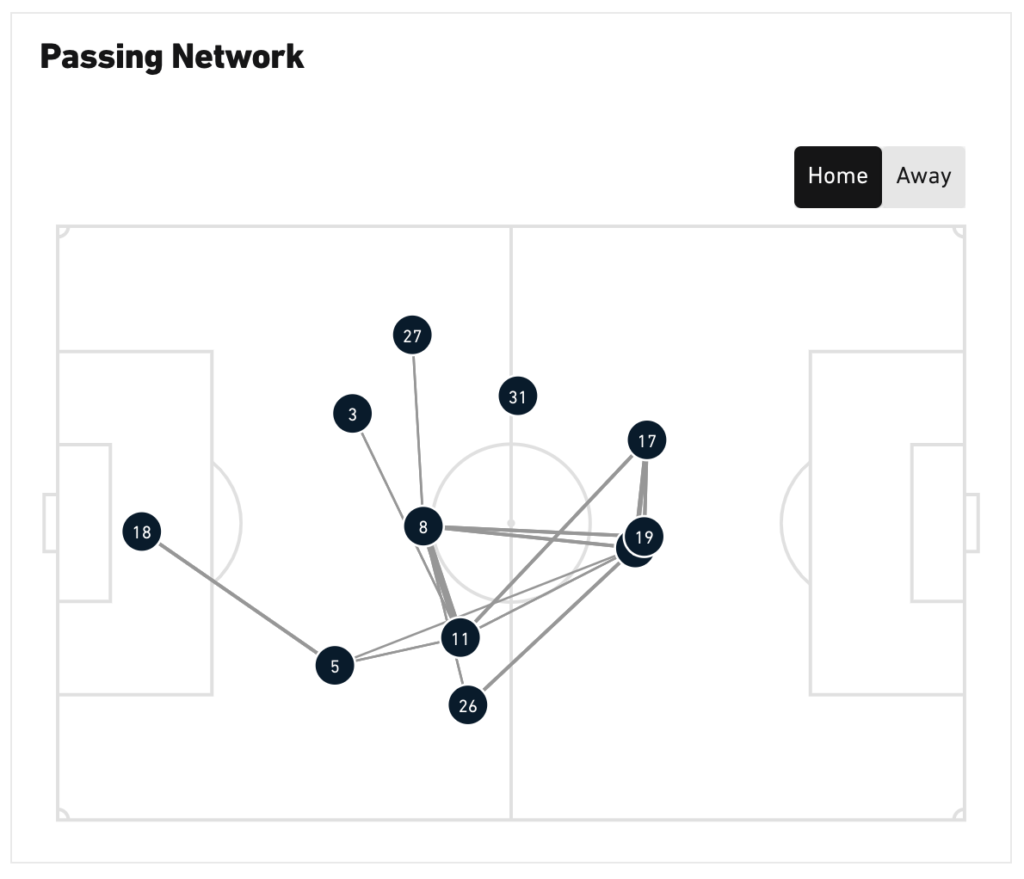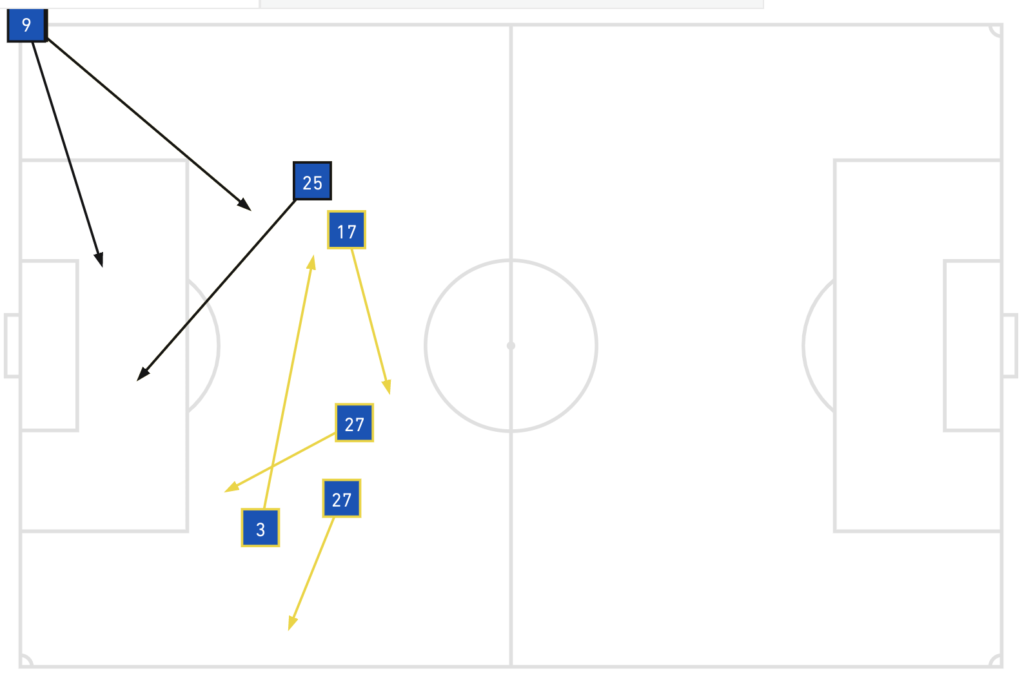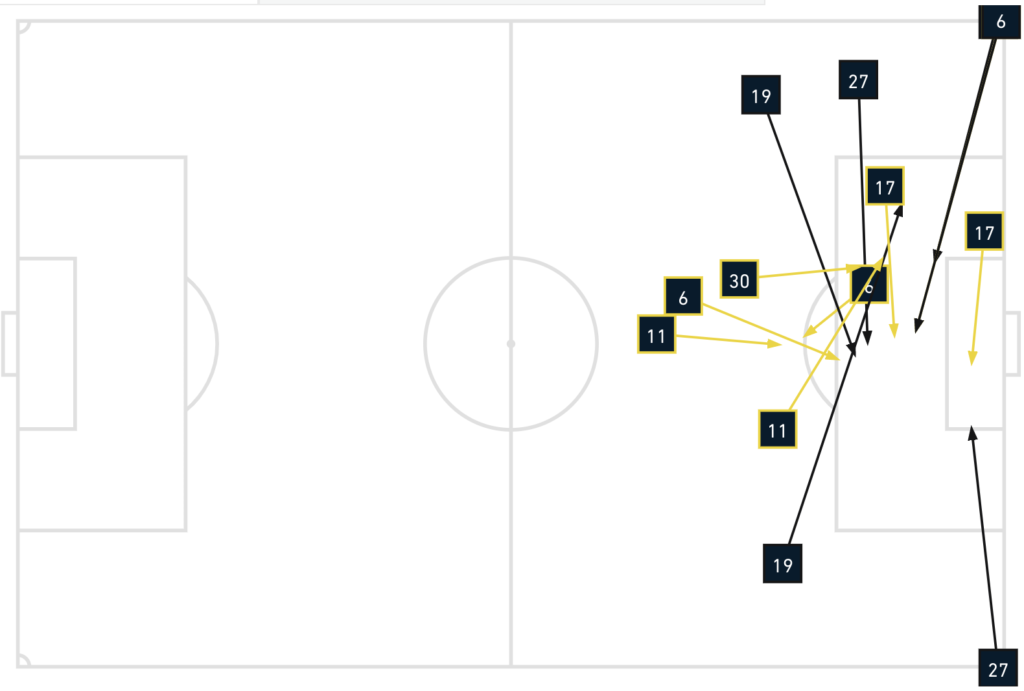Photo courtesy Philadelphia Union
Some teams have a style and play it, opponent be darned.
Others mold themselves week after week, a new key to unlock every new door in front of them.
The Union and Quakes are the former – known quantities, with books on how they’ll play and how to beat them. Often times when teams come to Chester, they read the book on how to beat the Union’s 4-4-2 and attempt to employ those strategies – instead of doing what they’re known for. Their thought process likely goes something like this: in a league where home field advantage is massive, a road point is a point, even if it’s ugly.
Other teams have differing thoughts.
On their way to Chester, San Jose didn’t even glance at the Cliff’s Notes version of “How to beat the Union,” deciding instead to be who they are and try and impose their will. They lost handily in doing so.
If they had merely followed the rules outlined in said book and summary, the results might have been different.
Rule #1: Make the Union possess the ball
The Union want their opponents to have the ball.
They want this so they can force their opponents into a mistake, take the ball from them, and quickly transition the other direction for a goal.
Smart opponents, savvy opponents, opponents playing the long game, they all strive for the exact opposite – they give the Union the ball, and then give it back again and again.
Break us down, they say, we dare you!
Then, when the Union try, they take a page out of that Union book and counter attack themselves.
What did San Jose do on Saturday in the bitter cold, missing half of their roster?
Possess the ball 68.7% of the time.
What did that possession get them, pray tell?
All of 1 chance on frame and an xG of 0.3.
Sigh… they didn’t do the homework.
Rule #2: When the Union have the ball, force them into as many waist-high or above crosses as possible
On one hand, forcing the Union into a pass map like the one below might be considered a success for a visiting team like San Jose.
The Union are almost impossibly one-sided (which is saying something given how one-sided they normally are) and some players like Leon Flach look like traffic cones in their contribution to the attack (again, more so than usual). Given the Union only completed 139 passes all night, a casual observer might suggest the Quakes imposed their will.

On the other, beating the Union means breaking their press. Beating the Union means forcing them to play the ball wide instead of down the middle. Beating the Union means making them uncomfortable, and they’re most uncomfortable with the ball – not without it.
Did San Jose break the Union’s press with all that possession? No, they did not – with only seven key passes or successful crosses all night.

Every key pass or successful cross from San Jose on the night.
Did San Jose force the Union wide, consigned to hopeless crosses instead of direct passage – both over and through Earthquake lines? No, they did not – the Boys in Blue only took six crosses on the night and connected on most of them (compared with 25 against Minnesota and 19 against Montreal).

Every key pass, successful cross, or assist from Philadelphia on the night.
Did San Jose give the Union the ball and tell them to figure out? Thricely no, as possession was covered in the section above, they did not.
They did not do the homework.
There are really two high-level rules in beating the Union: give them the ball (they don’t want it) and force them wide (they play narrowly). If a team decides to do neither, it shouldn’t expect to win.
A sub-rule to Rule #2 is this: hit the Union with diagonal balls across the field.
San Jose did in fact employ this strategy, except did so into the teeth of a Delaware Gale that made the passes entirely ineffective and essentially put Nate Harriel on the MLS Team of the Week bench for intercepting them time and again.
Beauty is in the eye of the beholder
Most sports fans have games in their personal history that stand out as more significant than others. Sometimes this is because of the beauty of the game (see: Ilsinho, 3-2), sometimes because of its overall importance (see: Union 1, Red Bull 0, ET), and sometimes because of what was required of those fans to endure the game itself (see: Saturday night).
The Union’s win over San Jose will go down as a test of endurance, irrespective of the fact that Jim Curtin became the second-youngest coach to 100 wins in Major League Soccer history or the fact that the aforementioned Ilsinho celebrated his retirement from soccer playing.
Union fans who attended won’t remember any of the details above about possession or style of play. They might not remember the club accolades either. They’ll remember the cold, the company, and the courage it took to make it until the end. A lot of fans who didn’t go Saturday will remember they were there too, and that’s ok – memory is weird that way and each of us was faster, stronger, and better-looking in days gone by.
What matters is that the Union took all three points and are atop the Eastern Conference after three games, their best start ever – beautifully or not.


I remember the cold and the first goal. Not even the hot chocolate was hot (more like luke-warm).
For all the cold we put up with we can be happy that our team didn’t blow the 2-0 lead in a colder city in a crappy stadium.
.
That said, it was damn cold Saturday night.
Ha….
Carlos Gil was too funny…
And so was that NE loss.
I’d be curious to see a “Heat Map” of San Jose’s possession. That game didn’t feel like what I’d expect from one team “dominating” possession.
It’s a giant blob that avoids the Union’s penalty area altogether (scroll down to the black box, click “Heat Maps”)
–
https://www.whoscored.com/Matches/1606658/Live/USA-Major-League-Soccer-2022-Philadelphia-Union-San-Jose-Earthquakes
I would have liked anything with “heat” in it Saturday night.